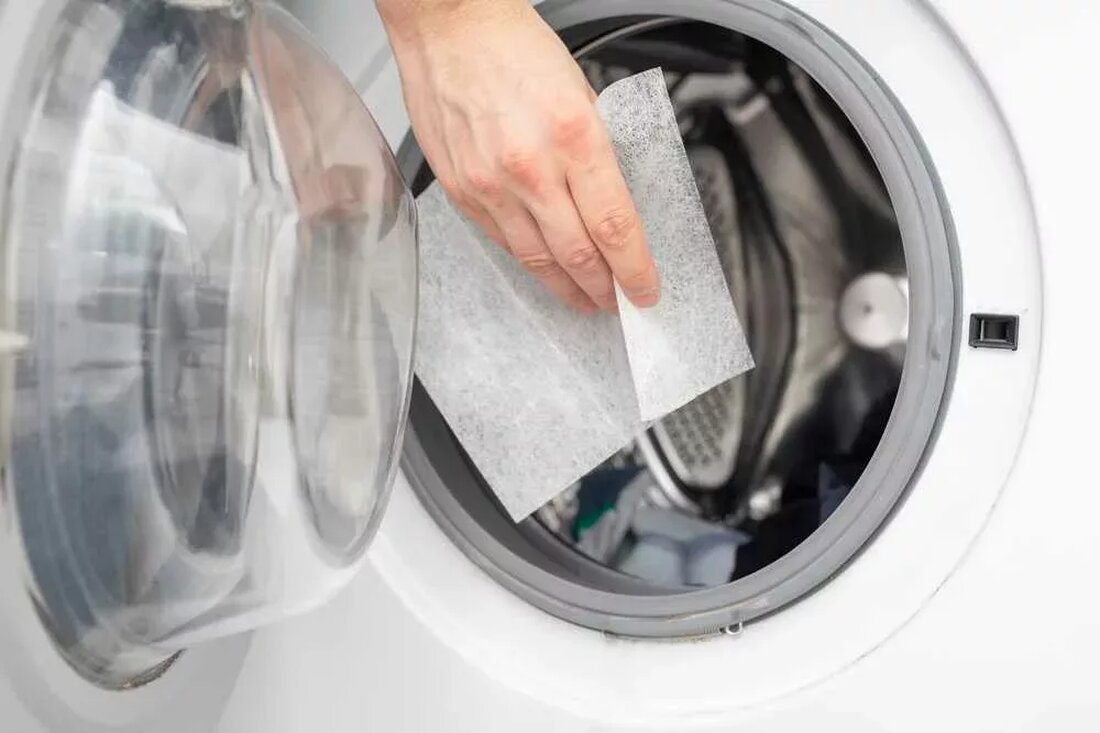Stop using dryer sheets immediately!
Dryer sheets are part of the laundry routine for millions of people. Most of us don't think twice about throwing a sheet or two in the dryer - it's just part of the process of getting clean clothes. And while you may feel warm and fuzzy when you take a warm, fresh load of scented laundry out of the dryer, there's probably something not so good going on inside your body. What if I told you that these dryer sheets are full of ingredients you wouldn't wish on your worst enemy? And those “blooms and flowers” pictured on the dryer sheet box? Don't buy it. …

Stop using dryer sheets immediately!
Dryer sheets are part of the laundry routine for millions of people. Most of us don't think twice about throwing a sheet or two in the dryer - it's just part of the process of getting clean clothes. And while you may feel warm and fuzzy when you take a warm, fresh load of scented laundry out of the dryer, there's probably something not so good going on inside your body.
What if I told you that these dryer sheets are full of ingredients you wouldn't wish on your worst enemy? And those “blooms and flowers” pictured on the dryer sheet box? Don't buy it. Dryer sheets are truly a toxic rip-off. That means you're paying more for a product that could actually make you sick.
I'm talking about things like known carcinogens, dangerous pollutants,endocrine disruptors and things that attack certain organs in the most unpleasant ways. Let's explore what we know about dryer sheets and your health, then dive into simple alternatives for a safer laundry routine.
Have you ever looked at a box of dryer sheets? You'll likely see pictures of flowers or line-dried laundry and see claims of freshness, fabric softening, static reduction, and wrinkle-fighting power. What won't you see? A comprehensive list of the chemical cocktail cooked in these leaves. As crazy as it may seem, the current U.S. Consumer Product Safety Commission does not require dryer sheet manufacturers to list actual ingredients, including chemicals used in fragrance blends. To find out what's actually in these products that many people use every day, scientists examined the sheets and dryer exhaust to get a better picture. The results are not pretty. Here is an overview of some of the compounds that have been found in dryer sheets and dryer vent exhaust. In one of the most interesting studies to date, pioneering scent researcher Anne Steinemann, PhD, professor of civil and environmental engineering, examined the chemicals that leak from dryer vents. Using new, pre-rinsed organic towels, Steinemann and her team examined laundry emissions after using scented fabric softeners and dryer sheets in clean washing machines and dryers.
What was coming out of those vents? (And into people's lungs?) Seven dangerous air pollutants and 25 volatile organic compounds (VOCs). Some of them, including acetaldehyde and benzene, are not safe in any way. (These are also pollutants that commonly come out of vehicle exhaust pipes.) (1) Acetaldehyde is a common ingredient in counterfeit fragrance blends. It is “potentially carcinogenic to humans” and affects the kidneys, nervous and respiratory systems. (2) While emissions are regulated outdoors, it is completely unavoidable when used at home. And that comes with some serious side effects. In a 2016 study, Steinemann found that 12.5 percent of people blamed scented laundry products leaking from dryer vents for health problems. These include symptoms such as respiratory problems, runny nose,Asthma attacks , skin problems, migraines and even gastrointestinal problems. (3) Knowing this, doctors should prescribe fragrance-free prescriptions to all their patients!
However, the truth is that most people have no idea that they are bringing such serious pollutants into their neighborhood. One of Steinemann's scent studies found that acetaldehyde emissions from five leading brands of scented detergents and dryer sheets "account for approximately 6 percent of automobile acetaldehyde emissions." That's a lot. (4) She also comments: These products can affect not only personal health, but also the health of the public and the environment. The chemicals can leach into the air, drains and waterways. We attach great importance to reducing pollutant emissions from automobiles. And here is a source of pollution that could be reduced. (5) Further research into dryer sheets and dryer sheet components revealed the following important findings:
in laundry products include migraines, asthma attacks, eye and throat irritation, and contact dermatitis.
Better alternatives to store-bought dryer sheets
The good news is that you can get by without dryer sheets. (It's true!) In fact, humans existed and successfully washed their clothes for centuries without these modern scented laundry products. In fact, it wasn't until 1969 that there was a patent for dryer sheets. The inventor, Conrad J. Gaiser, subsequently sold the patent to Procter & Gamble, which manufactured the Bounce dryer sheets. (14)
You can avoid the chemicals in dryer sheets by using some of these laundry room tactics: .)
to the balls for a light, natural scent. .
Sources:Dryer Sheets: The Facts
Final thoughts on dryer sheets

 Suche
Suche
 Mein Konto
Mein Konto
